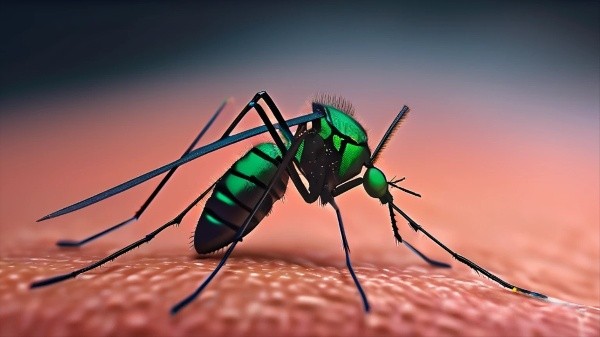Iran’s Plan to Strike Back Against the U.S.
Iran’s Military Preparations Following U.S. Attacks
Loading...

The Chandipura virus has recently caused concern in Gujarat, with the National Institute of Virology (NIV) in Pune confirming the death of a four-year-old girl in the state due to the virus.
The outbreak has resulted in a total of 29 reported cases across almost a dozen districts, with 15 deaths attributed to the virus. Preventive measures have been initiated in affected districts, with over 50,000 people screened and district and rural hospitals alerted to send samples of suspected cases to NIV.
What is the Chandipura Virus?
The Chandipura virus is a member of the Vesiculovirus genus of the family Rhabdoviridae, which also includes the rabies virus. It was first isolated in 1965 from the blood of two adults with a febrile illness in a village in Nagpur, Maharashtra. The virus is named after the village it was isolated from. It was also isolated in human beings in 1980 in Madhya Pradesh from a patient with acute encephalitis.
Transmission of the Virus
The Chandipura virus is vector-borne, with the likely vector believed to be the female Phlebotomine sandfly, prevalent in the early monsoon period. Additionally, the role of Sergentomyia sandflies has been pointed out. Several species of mosquitoes have been found to replicate and transmit the virus experimentally, with Aedes aegypti, which also transmits dengue, being highly susceptible and capable of transmitting the virus more efficiently than others under laboratory conditions.
Current Situation and Response
The outbreak in Gujarat is not the first instance of the Chandipura virus in the country. Previous outbreaks occurred in 2003-04 in parts of central India, including Maharashtra, Gujarat, and Andhra Pradesh, resulting in the deaths of over 300 children. The current outbreak has prompted the initiation of preventive measures in affected areas, with over 50,000 individuals screened and district and rural hospitals instructed to send samples of suspected cases to NIV for further testing. Health officials anticipate a potential surge in cases in the coming days as more confirmations are expected from NIV.
Conclusion
The Chandipura virus outbreak in Gujarat has raised concerns due to the reported cases and deaths. The virus, transmitted by sandflies and potentially mosquitoes, has prompted significant preventive measures and screening efforts in the affected districts. The history and characteristics of the virus provide valuable insights into its nature and transmission, aiding in the understanding and management of the current outbreak.
BMM - MBA
Iran’s Military Preparations Following U.S. Attacks
Troops remain in five strategic locations, raising fears of renewed tensions and long-term occupation.
Opposition forces have taken control of the capital after a significant offensive. Here is how it unravelled.
